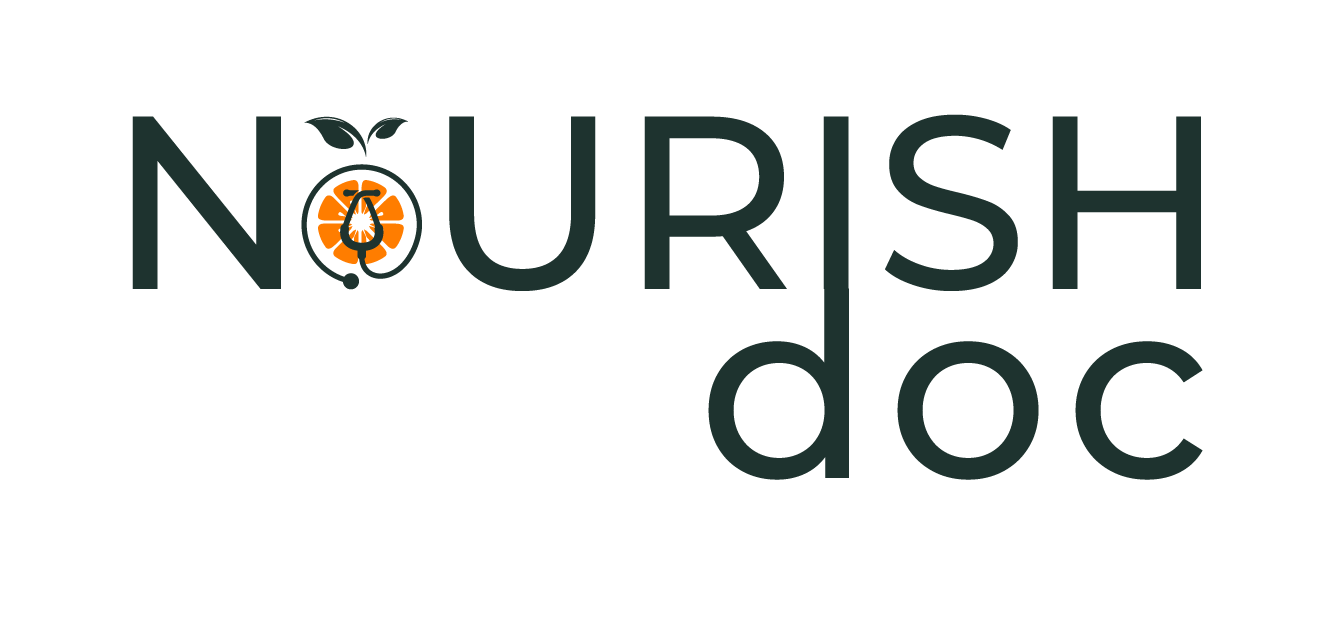A prediabetes diagnosis can be scary for many. Can prediabetes be reversed? With early intervention, the good news is that reversing prediabetes is possible. Simple diet and lifestyle changes made by you can prevent it from leading to type 2 diabetes. You have to follow a healthy diet, maintain a healthy weight, and get regular exercise to reduce your risk of developing type 2 diabetes.
What is prediabetes?
The expression ‘prediabetes’ is most widely utilized in US
[1] in an effort to identify and prevent individuals from developing type 2
diabetes, a condition that is rising internationally.
Prediabetes means your blood sugar level is higher than
normal but not yet high enough to be type 2 diabetes. Without lifestyle
changes, people with prediabetes are really prone to progress to type 2
diabetes. For people with prediabetes, the long-term risk of diabetes
especially to your own heart, blood vessels and kidneys — may be starting.
Prediabetes is a serious health condition where blood
glucose levels are higher than normal, but not high enough yet to be diagnosed
as type 2 diabetes. Approximately 84 million American adults – over 1 in 3 –
have prediabetes. Of those with prediabetes, 90% don’t know they have it. The
same lifestyle changes that can help prevent progression to diabetes in adults
can also help bring children’s blood sugar levels back to normal.
The specific cause of prediabetes is unknown. But family history and genetics appear to play a vital role. Inactivity and excess fat — especially abdominal fat — also seem to be significant elements.
You can have prediabetes for a long time but have no clear symptoms, so it often goes unnoticed until severe health problems like type 2 diabetes arise. It’s important to talk to your doctor about getting your blood sugar tested if you have any of the risk factors for prediabetes, such as:
– Being obese
– Being 45 years or older
– Having a parent, brother, or sister with type 2 diabetes
– Being physically active less than 3 times weekly
– Ever having gestational diabetes (diabetes during pregnancy) or giving birth to a baby that weighed over 9 pounds
– Having polycystic ovary syndrome (PCOS)
Race and ethnicity are also a factor: African Americans, Hispanic/Latino Americans, American Indians, Pacific Islanders, and some Asian Americans are at higher risk.
The good news is that in the event you have prediabetes, Ayurvedic
diet, yoga, meditation, and lifestyle changes can help you make adjustments to
prevent or delay type 2 diabetes and other serious health difficulties.
How does Ayurveda view Prediabetes?
From an Ayurvedic perspective, prediabetes results from an imbalance of agni, or digestive fire. Agni imbalances occur because of eating the wrong foods and living an unbalanced life.
Ayurveda recognizes 20 Kinds of urinary ailments or pramehas based on the imbalance of overriding doshas of the people, and physical appearance of pee. Diabetes is described as one of the pramehas and is known as madhumeha kshaudrameha which means “excess urine with sweet taste like honey”. Pre-diabetes is referred to as prameha purvaroopa which means early signs and symptoms of diabetes or madhumeha. They happen before complete manifestation of diabetes, and if left neglected, will lead to full-blown diabetes. It may be a warning sign that you’re prone to develop type 2 diabetes (Madhumeha) if you do not make some lifestyle and dietary changes.
The aggravated and the imbalanced doshas, by the merit of aberrations of ahara (diet), vihara (lifestyle), agantuka hetu (external variables ), manasika hetu or because of nidanaarthakara rogas (comorbidities) circulate in the body and lodge/accumulate from the weakest organ of the body and result in disease.
The imbalance of doshas and the course they follow to cause disease is termed as samprapti or pathogenesis/disease pathway. Since diseases develop in different stages, a fantastic understanding of the phases helps in early diagnosis of disease in its early phase.
Ayurveda thus elaborates a six stage process for identification named Kriya (action) Kala (time). The first 4 phases being unique to Ayurveda where they permit the physician to evaluate and diagnose before it progresses to additional complications and stages. Prediabetes is an intermediate type of dysglycemia on a spectrum ranging from normal to over diabetes. Ayurveda quotes following indications as the Premonitory signs of Prameha- first stage of a disease before it divides into subtypes and progresses to Madhumeha upadrava — complications of diabetes
Obesity is a major risk factor for type 2 diabetes, as well as making it more challenging to control.
From an Ayurvedic perspective, type 2 diabetes is primarily an imbalance, or surplus, of the Kapha dosha, which comprises the earth and water elements. Kapha governs the physical structure of the body and lots of metabolic processes, but if it assembles to excess, can manifest in weight gain, lethargy, allergies, and resistance to change. Ayurveda identifies an excessive desire, especially for sweet food, as a causative factor in the development of type 2 diabetes. However, overeating can be provoked by an imbalance in the Vata dosha, which may easily become aggravated. When individuals with Vata imbalances overeat to soothe themselves, Kapha can consequently become imbalanced and, over time, result in the development of type 2 diabetes.
Prediabetes and diabetes mellitus causes are similar to the disease entity of prameha and madhumeha respectively.
Ayurvedic diet for prediabetes
Since Ayurveda believes prediabetes is mainly due to too much Kapha
dosha, it urges a Kapha-pacifying diet to keep diabetes in check. The
guidelines include eating more foods that are bitter, astringent, or pungent in
flavor — and decreasing consumption of foods which are categorized as sweet,
sour, or salty.
Here are a few more recommendations for balancing Kapha.
Bear in mind that an Ayurvedic dietary prescription takes several factors into
consideration, such as age, body constitution, season, and other environmental
and social aspects, so a consultation with a trained practitioner is required
to produce specific individual recommendations.
· Eat foods with a balancing effect upon the dominant dosha
or which will pacify (equilibrium ) a dosha that has become excessive or
aggravated. Since Kapha is heavy, cold and greasy, prefer foods that are light,
dry, or hot.
· Lower your consumption of dairy, which will increase
Kapha. You can use modest amounts of ghee, low-fat milk, and low-fat yogurt.
· Drinking hot ginger tea with meals helps stimulate slow
digestion. Drink 2–3 cups of ginger tea every day.
· All legumes are good for Kapha types except for soybeans
and tofu, which should be consumed in moderation.
· Favor milder fruits such as apples, pears, pomegranates,
cranberries, and apricots. Reduce heavier fruits such as bananas, pineapples,
and figs.
· Grains: Favor barley, corn, millet, buckwheat, and rye.
Reduce intake of oats, rice, and wheat.
· All spices except salt are pacifying to Kapha. Use pungent
spices like pepper, cayenne, mustard seed, and ginger freely on your daily
diet.
See: Best Foods For Diabetics & Shopping List
The Ayurvedic perspective on balancing Kapha is consistent
with Western medicine’s current comprehension of the appropriate diet for
diabetes, which recommends minimizing simple carbs, fats, and other heavy foods
while raising milder foods such as legumes (as the primary protein
source), whole grains, and milder fruits and vegetables.
The notion of metabolic syndrome also seems to have been
conceived in Ayurveda. Many Ayurvedic texts highlight the fact that while all
three doshas are involved in this disease, the vitiation of the Kapha dosha is
the key contributing factor.
Can Prediabetes be reversed with Ayurveda?
Ayurvedic prevention of prediabetes
The Ayurvedic prevention, treatment, and management of
Prediabetes depend on a variety of factors. Ayurveda emphasizes the role of environmental aspects, daily routines, seasonal changes, lifestyle patterns, diet, regular exercise and rasayana for maintaining good health generally. Here is what Ayurveda recommends
for treating prediabetes.
See: Beets and Diabetes Benefits
The consumption of food and beverages which diminish urine
and fat, do not lead to weight gain, improve appetite, digestion, and strength
of the human body is suggested. This is enough to prevent its development to
Madhumeha or type 2 diabetes mellitus. Recent evidence indicates that consuming a heart-healthy diet,
losing excess weight, staying busy and embracing mental relaxation, one can
reverse the development of prediabetes to type 2 diabetes mellitus.
Yoga for mind body balance
From an Ayurvedic perspective, there are certain yoga
postures offering the best benefits with the least amount of anxiety. Some of
these poses include:
· Sun Salutation series
· Seated forward bend (paschimottanasana)
· Comfort pose (savasana)
· Tree present (vrksasana)
· Warrior I and II (virabhadrasana I and II)
· Extended side angle, (utthita parsvakonasana)
Additionally, both yoga and meditation have been demonstrated to reduce Stress, which plays a considerable role in the development and control of diabetes. When we confront situations that we perceive as stressful, our body increases the production of”stress” hormones like cortisol and adrenalin. Chronic stress may result in insulin resistance, which in turn increases blood glucose levels. With regular yoga or meditation, the degree of stress hormones within our bodies decrease, leading to better blood glucose control.
See: Type 2 Diabetic Meal Plan Ideas
It is best to practice under specialist supervision and aim
for Moderate exercise for a total of half an hour every day. If you are
attempting to drop weight, you might choose to exercise over thirty minutes
every day. Start out slowly and gradually increase the level of exercise.
See: How Adding Fiber in your Diet Helps Type 2 Diabetes
Physical Activities
Here are some examples of exercise you can incorporate into
a daily routine:
· Take a brisk walk
· Participate in a yoga class
· Take an aerobics class
· Swim
· Bike
· Use stairs
See: Syzygium Jambolinum To Stabilize Blood Sugar
Ayurvedic Herbs
Ayurveda identifies many spices and herbs that can be used
to treat diabetes. We’re beginning to recognize some of the beneficial actions
of those organic medicinals from a scientific standpoint. There are now over
1,200 species of plants which have known glucose-lowering consequences. Here
are a few:
Gymnema Sylvestre
This plant has been used to treat diabetes for over 2,000
years. It’s a woody, climbing vine common in southern and central India.
Ayurvedic practitioners referred to the plant as gurmar, or”sugar
destroyer.” Gymnema sylvestre was traditionally utilised in several forms,
either by chewing the leaves, taking it as a powder, or preparing it with water
for a beverage.
See: Signs of diabetes in women
Cinnamon
From an Ayurvedic perspective, cinnamon comprises the pungent Taste, which is advocated at a Kapha-pacifying diet. Cinnamon has been shown to enhance the body’s ability to use insulin in numerous ways. It stimulates insulin receptors on the cells, in addition to acting directly on our DNA to”turn off” genes which are responsible for deactivating insulin receptors on our cells. These actions make it a lot easier for cells to take up glucose, thus reducing glucose levels.
See: Ayurveda For Trauma & PTSD
Turmeric
This popular Indian spice has a long history of use as an Anti-inflammatory, and on account of the connection between diabetes and inflammation, has been studied in the prevention and treatment for diabetes.
Fenugreek
In Sanskrit it is also referred to as methi. In Ayurveda,
the seed is used to Treat diabetes by preparing it as a beverage or mixing the
seed or powder into bread or curry. Fenugreek seeds have high fiber content,
and lots of elements of the seed have been identified as having immediate
glucose-lowering consequences. Studies have demonstrated that daily use of
fenugreek seeds may reduce insulin resistance and improve blood glucose
control.
Deep Sleep
Many studies also have demonstrated the beneficial effects
of meditation on sleep, including relieving insomnia. This is particularly
critical for those who have diabetes because poor sleep may worsen control of
blood glucose. With insufficient sleep, chronic hormonal imbalances occur that
can then result in impaired blood sugar control.
Scientific studies in Ayurveda for Prediabetes
This study aimed at use of a Polyherbal combination (PDBT —
comprised of Tinospora cordifolia, Pterocarpus marsupium, Gymnema sylvestre,
Zingiber officinale and Momordica charantia) along with life style modification
in comparison with a placebo in prevention of DM among prediabetic individuals. [8]
Materials and Techniques
The study was a double blinded, placebo controlled
randomized clinical trial. Participants were divided into a group on PDBT and
life style management (LSM) and second on placebo and LSM. Participants in the
intervention group received 2 gm/day of PDBT. All participants received the
intervention for a period of 6 weeks.
See: Learn Plant Based Diet Benefits for Diabetes
One hundred and fourteen Participants were enrolled in the
study, 57 each in control and intervention group. At the conclusion of the
study, 8 participants in the intervention group, compared to 15 participants in
the control group had switched to DM. There was a 47% risk reduction in the
intervention group. Participants in the intervention group showed statistically
significant drop in their blood sugar level (fasting and PP), HbA1c, fasting
serum insulin and HOMA-IR values. There was no substantial change in BMI. No
adverse effects were reported by any participants.
See: Keto diet benefits for weight loss, diabetes & PCOS
Summary
The researchers concluded that PDBT together with LSM in prediabetic participants had been
associated with decrease in conversion to DM than placebo together with LSM
with no adverse effects.







